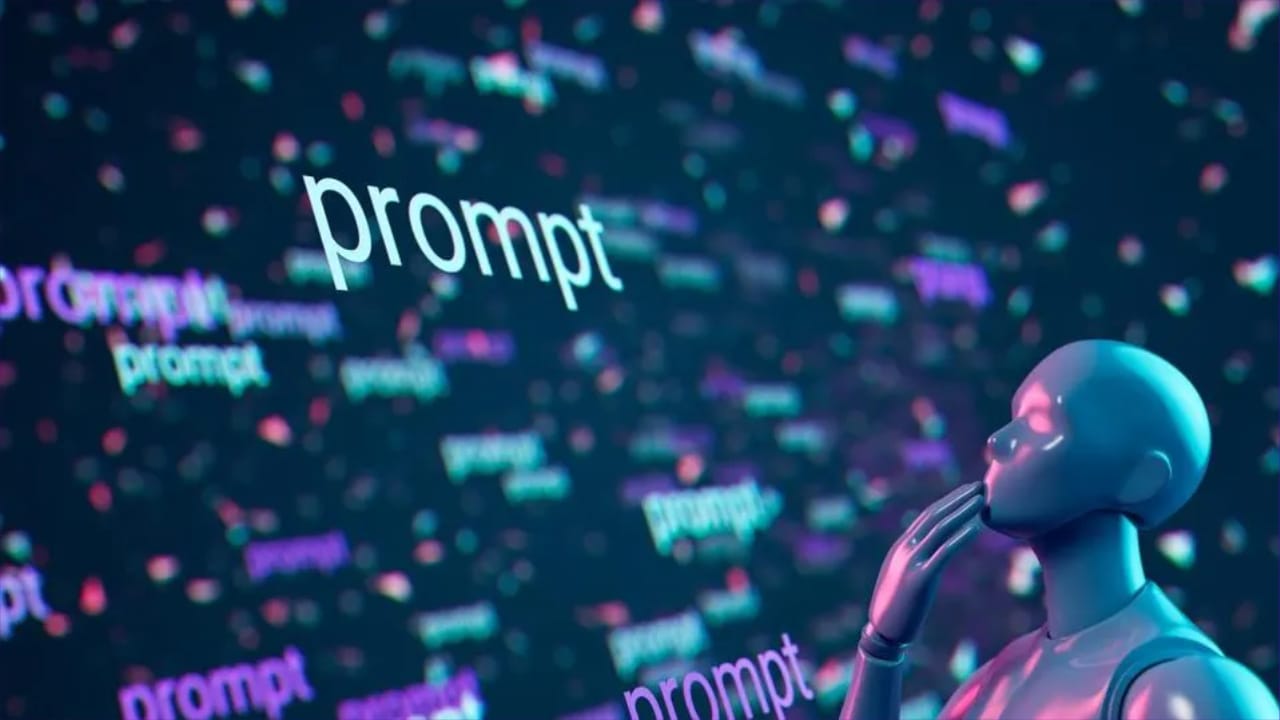Mastering ChatGPT: How to Write Smarter Prompts and Get Better Results
Most people use ChatGPT for quick answers. This guide teaches you how to ask better questions, refine responses, and use ChatGPT like a real thinking partner.

Most people use ChatGPT for quick answers. But if you know how to ask better questions, it becomes more than a chatbot, it becomes a real thinking partner.
This guide shows you how to get more useful, accurate, and creative results with smarter prompts. You’ll learn what works, what doesn’t, and how to turn ChatGPT into a practical assistant for work and daily life.
1. Why good prompts matter
ChatGPT answers based on how you ask your question.
A vague question gets a vague answer. A clear, specific question gives a focused and helpful response.
Example:
- ❌ “Tell me about marketing.”
→ Too broad. You’ll get general information you already know. - ✅ “Give me five low-budget marketing ideas for a small online shop that sells handmade candles.”
→ Now the answer is tailored to your situation.
Think of prompting as giving directions to a very fast but very literal assistant. The more context you give, the better it performs.
2. The secret structure of a great prompt
A good prompt usually has three parts:
- The role – tell ChatGPT who it should be.
Example: “You are a social media coach.” - The task – describe what you need.
Example: “Create a weekly posting plan for Instagram.” - The goal – explain what outcome you want.
Example: “Focus on engagement, not sales.”
Combine them and you get a powerful prompt:
“You are a social media coach. Create a weekly posting plan for Instagram that focuses on engagement, not sales.”
That’s how professionals use ChatGPT every day.
3. Prompts that save time at work
Here are some examples you can use right away.
For marketing
“Write a short LinkedIn post about why automation saves teams time. Use a friendly tone and add one example.”
For HR or recruitment
“Create a few interview questions that test problem-solving skills for a junior developer.”
For customer support
“Summarize these three customer complaints and write a polite combined reply that shows empathy.”
For personal productivity
“Turn this messy note into a clear to-do list with priorities.”
These are simple, clear, and always lead to useful results.
4. How to refine your prompts
If ChatGPT gives you an answer that’s not quite right, don’t start over guide it.
Think of each answer as a draft.
Examples of follow-up prompts:
- “Make it shorter and more direct.”
- “Add a few examples.”
- “Rewrite it so it sounds more human.”
- “Give me two alternatives.”
Every time you ask like this, ChatGPT learns what you mean and improves its output.
5. Going deeper without getting technical
You don’t need to be a programmer to use advanced techniques.
Just learn to build on your own ideas.
Example conversation:
- “Write a blog outline about sustainable fashion.”
- “Now expand point three into a full paragraph.”
- “Make the language more emotional and persuasive.”
That’s all “prompt chaining” really means taking one idea and improving it step by step.
6. Prompts for creativity
ChatGPT isn’t just for work. Try these creative ideas:
- “Write a bedtime story for an 8-year-old about a robot who learns kindness.”
- “Give me three names for a startup that sells eco-friendly products.”
- “Write lyrics for a song about friendship in the style of Coldplay.”
It’s not about replacing creativity it’s about unlocking it.
7. Avoiding common mistakes
Here are five simple rules that make every prompt better:
- Be specific — “Write a friendly email to a new customer” is better than “Write an email.”
- Give context — explain who it’s for and what you want to achieve.
- Set limits — “In 100 words” or “Use bullet points” helps keep answers focused.
- Review and refine — ChatGPT improves with feedback.
- Don’t overcomplicate — one clear idea per prompt works best.
8. Turning ChatGPT into your daily assistant
Start small: use it to rewrite emails, brainstorm titles, or summarize long texts.
Then build up to planning, decision support, and creative exploration.
Over time, you’ll notice that ChatGPT starts to feel less like a tool and more like a second brain one that helps you think faster, write better, and see new possibilities.
Final Thought
Mastering ChatGPT isn’t about being technical. It’s about learning to communicate clearly with an intelligent assistant. When you give it context, purpose, and structure, ChatGPT becomes more than a chatbot it becomes your partner in productivity and creativity.
If you want to explore how AI and automation can simplify your workflows, Scalevise offers a free consult to identify where ChatGPT and intelligent automation can make the biggest impact.
